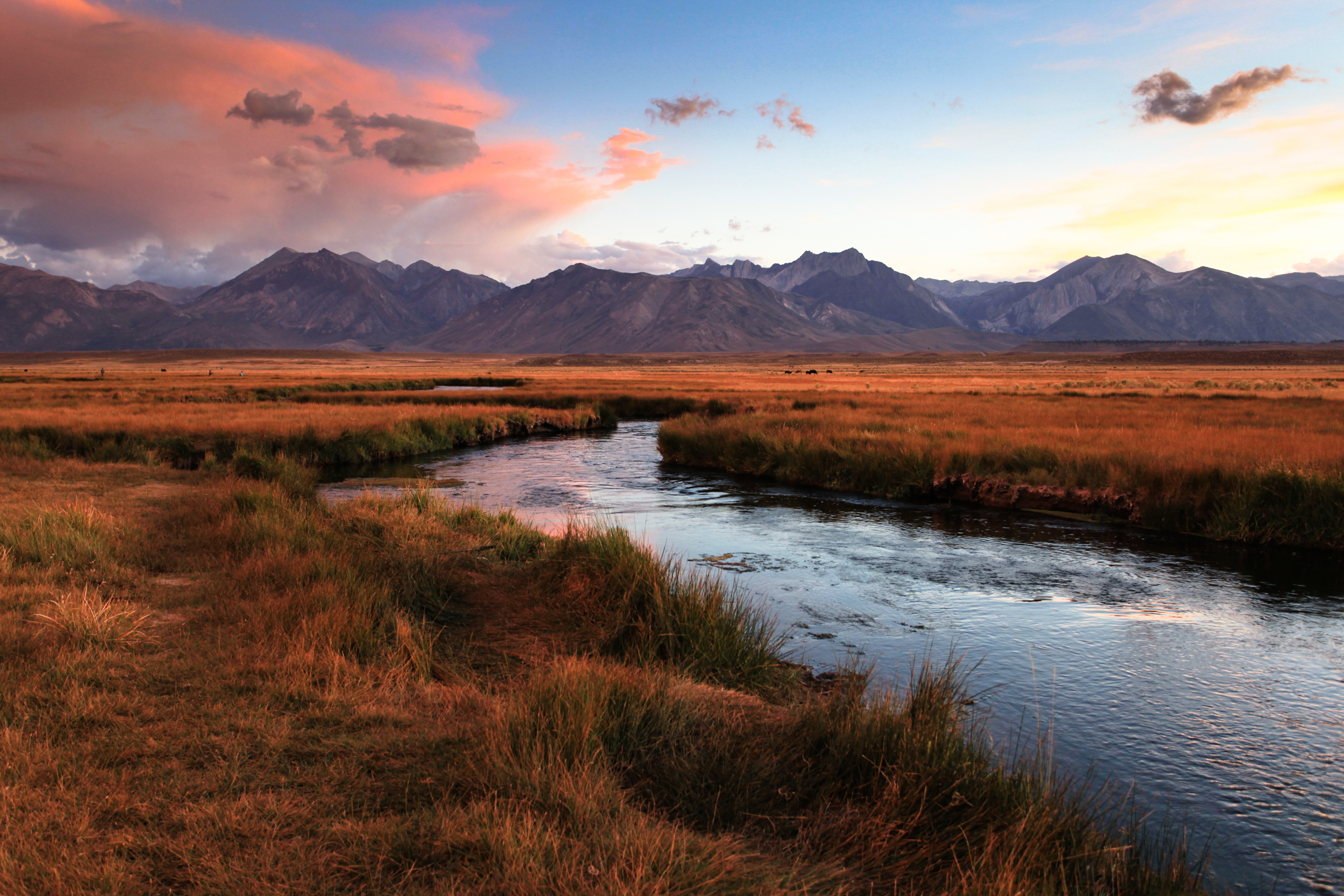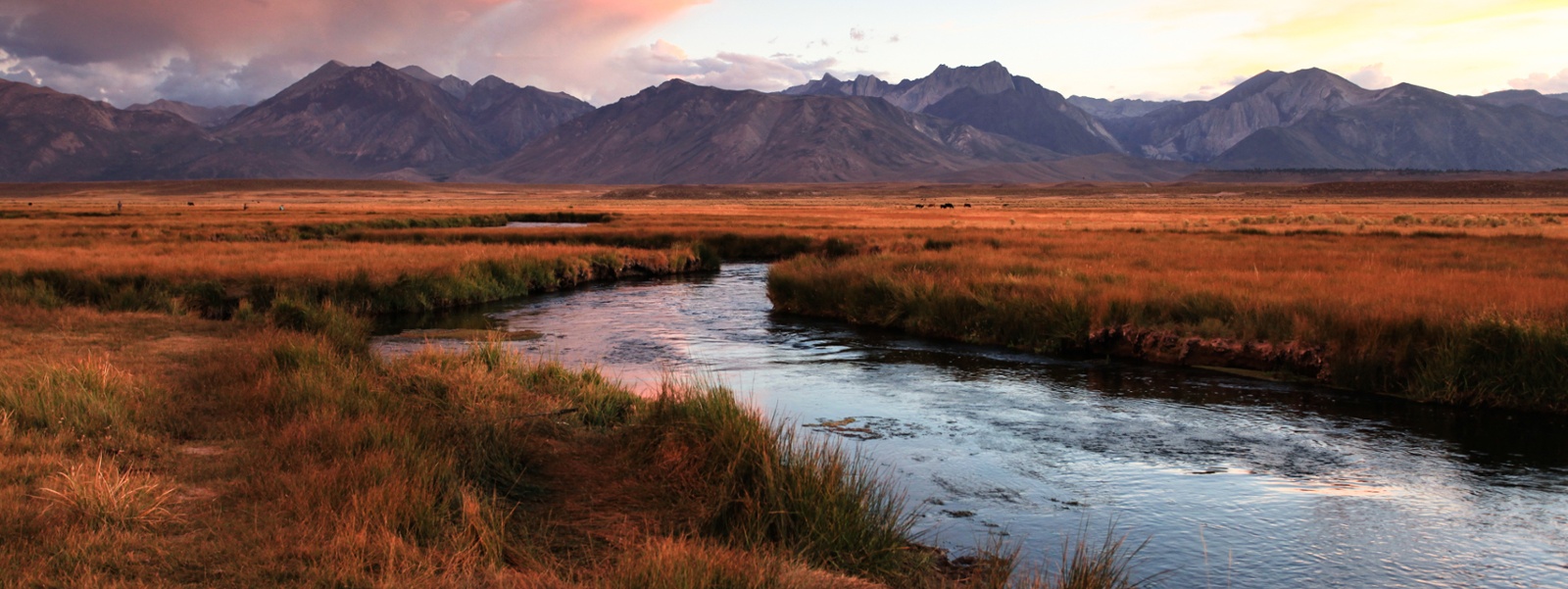Final rule seen as muddying waters for ag landowners


By Ching Lee
In its latest attempt to define which bodies of water fall under federal protection, the U.S. government said its new rule would provide more certainty for farmers and other landowners.
But farm groups say the new “Waters of the United States” rule, or WOTUS, will only create more confusion and cause disruptions to routine agricultural activities. They previously called on the Biden administration to halt its rulemaking until after the U.S. Supreme Court weighs in.
Instead, the U.S. Environmental Protection Agency and the U.S. Department of the Army late last month finalized the rule, which updates which “navigable waters” are subject to regulation under the Clean Water Act.
The agencies said the new version establishes “a durable definition” of WOTUS that’s more in line with what was in place prior to 2015, but with updates that reflect existing Supreme Court opinions and the latest science.
The new rule provides exemptions for certain croplands and water features commonly found on farms, such as irrigation ditches and stock ponds. But agricultural groups say the rule remains unworkable for farmers and ranchers because it does not give clear, stand-alone exclusions for agriculture.
They say the rule expands the federal government’s reach even further, allowing it to regulate almost any low spot on a farmer’s field where water sometimes stands or channels. This exposes farmers to unknowing violations of the law and requires them to obtain permits to carry out ordinary agricultural activities such as plowing, planting and fence building.
“We are particularly concerned about small farms and ranches needing costly legal or consulting expertise to farm ground they have already thoughtfully and sustainably stewarded,” said California Farm Bureau President Jamie Johansson.
The updated rule replaces the Navigable Waters Protection Rule put in place by the Trump administration. Farm groups generally praised that rule, which based its definition of “waters of the United States” on principles outlined in a 2006 Supreme Court opinion written by the late Justice Antonin Scalia.
In that case, known as Rapanos v. United States, Scalia took a narrower interpretation of “navigable waters,” saying the law should apply only if there is a continuous surface connection to “relatively permanent, standing or flowing bodies of water.”
Finalized in 2020, the Trump rule rolled back the expanded powers of the federal government to regulate waterways and wetlands made by the Obama administration’s 2015 WOTUS rule.
The Obama rule relied largely on now-retired Justice Anthony Kennedy’s opinion, which said a body of water falls under federal jurisdiction if there is a “significant nexus” to a navigable waterway.
The 2015 rule set off a slew of legal challenges. Farm groups called it onerous and overreaching because it gave the federal government authority to regulate even small and isolated waters such as drains and ditches. The Trump administration repealed the rule and replaced it with its own version, but a 2021 lawsuit by environmental groups stopped its implementation.
The new Biden administration rule “doubles down” on Justice Kennedy’s “significant nexus” test, said American Farm Bureau Federation President Zippy Duvall. In doing so, the rule gives the federal government “sweeping authority over private lands,” he said, as it can make subjective determinations as to whether it can regulate large areas of farmland miles from the nearest “navigable” water.
“Instead of making federal regulations more clear, the rule reinstates confusing standards that have already caused decades of uncertainty and litigation,” Duvall said.
Courtney Briggs, AFBF senior director of government affairs, said when federal government expands its reach, the amount of permitting to which farmers and ranchers are subject gets worse. That means landowners will need to hire environmental consultants, attorneys and engineers to ensure they are in compliance, she added.
“Since this rule relies on case-by-case determinations and ambiguously defined terms, it is incredibly difficult for a farmer to understand if they have a jurisdictional feature on their property,” Briggs said. “There are civil and criminal liabilities attached to Clean Water Act compliance, and that is why it’s so incredibly important to have a clear line of jurisdiction.”
Though the Trump rule provided the clarity and predictability that farmers sought, they acknowledge the changing definitions of WOTUS by different administrations through the years have forced them to navigate an ongoing regulatory pendulum.
Some seek a more permanent change to the rule through legislation, with more clarity from the Supreme Court as to what constitutes “waters of the U.S.”
In October, the high court revisited the issue in Sackett v. EPA and is set to rule on the scope of the Clean Water Act. A decision is likely this spring. The Biden administration rule takes effect 60 days after publication in the Federal Register, which means its timing could coincide with the Supreme Court ruling.
Briggs said it is “very likely” the Biden administration will need to make changes to its current rule in response to the Supreme Court decision.
“A ruling in the Sackett case could send WOTUS back to the drawing board, so it makes no sense for EPA to issue a rule that will only cause more disruption and uncertainty,” Duvall said.
The Waters Advocacy Coalition, which includes nearly 50 organizations representing agriculture and other industries, agrees, saying the Supreme Court decision “could negate or render irrelevant significant elements” of the new rule, creating more confusion for landowners and businesses.
Environmental groups called the Biden rule a victory for clean rivers, streams and wetlands, and vowed to fight back if the Clean Water Act is gutted.
Kari Fisher, senior counsel for the California Farm Bureau, said the Supreme Court ruling could go a number of ways.
She said the high court could issue a decision that sides with Justice Scalia’s “relatively permanent” test or Justice Kennedy’s “significant nexus” test, or the decision could take a more middle ground. It could also decide that the new WOTUS rule renders the court case moot.
(Ching Lee is an assistant editor of Ag Alert. She may be contacted at clee@cfbf.com.)




